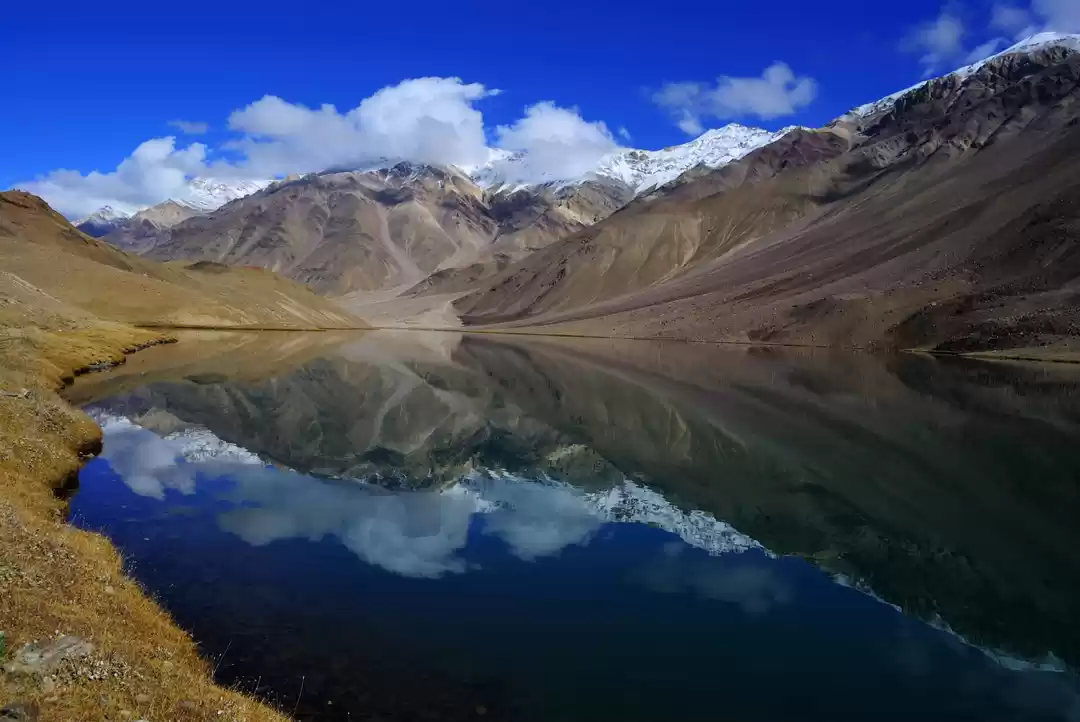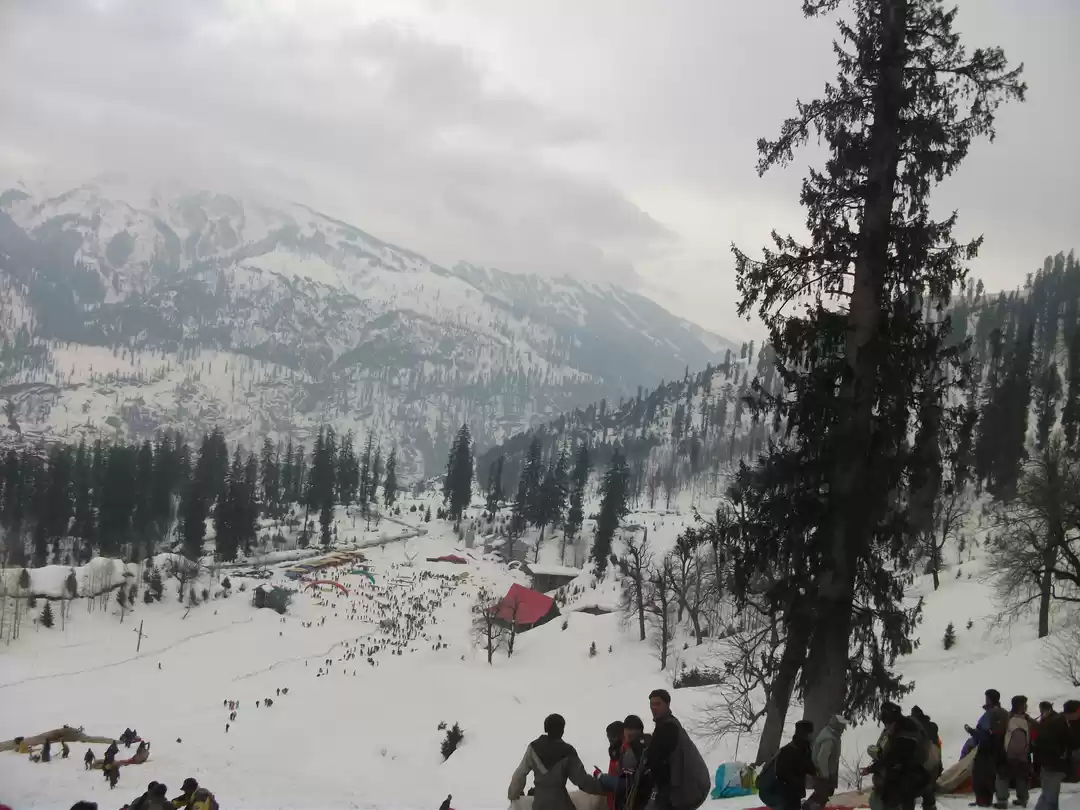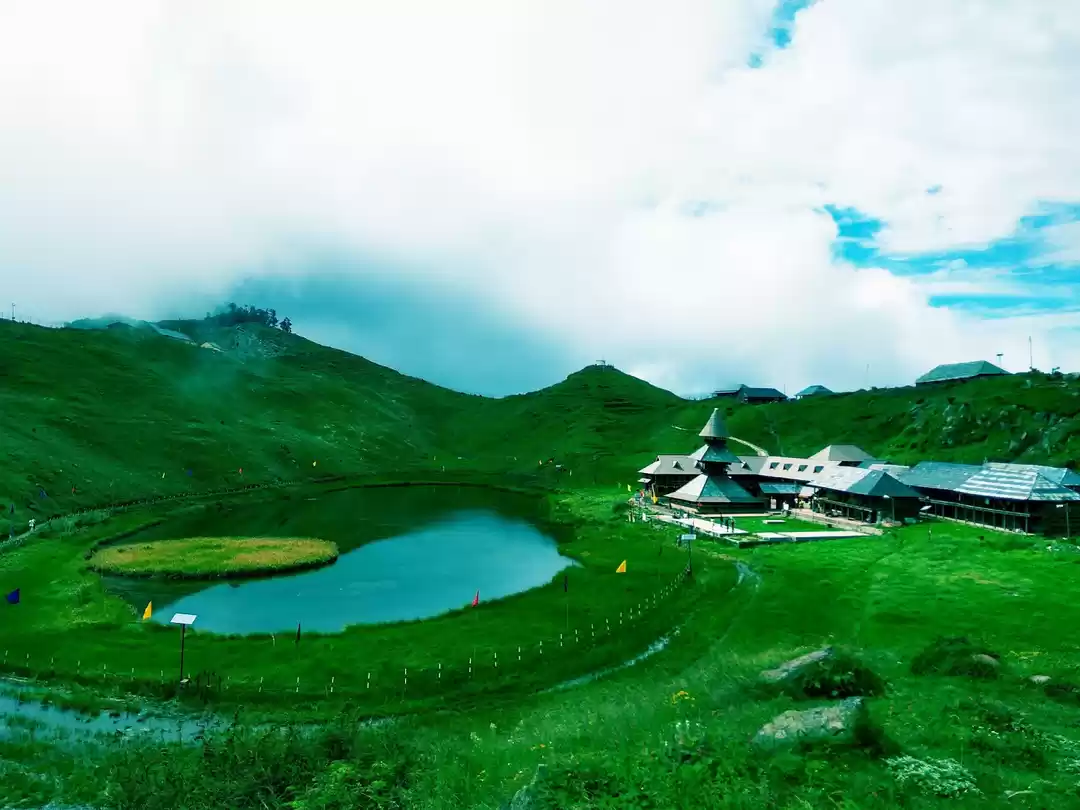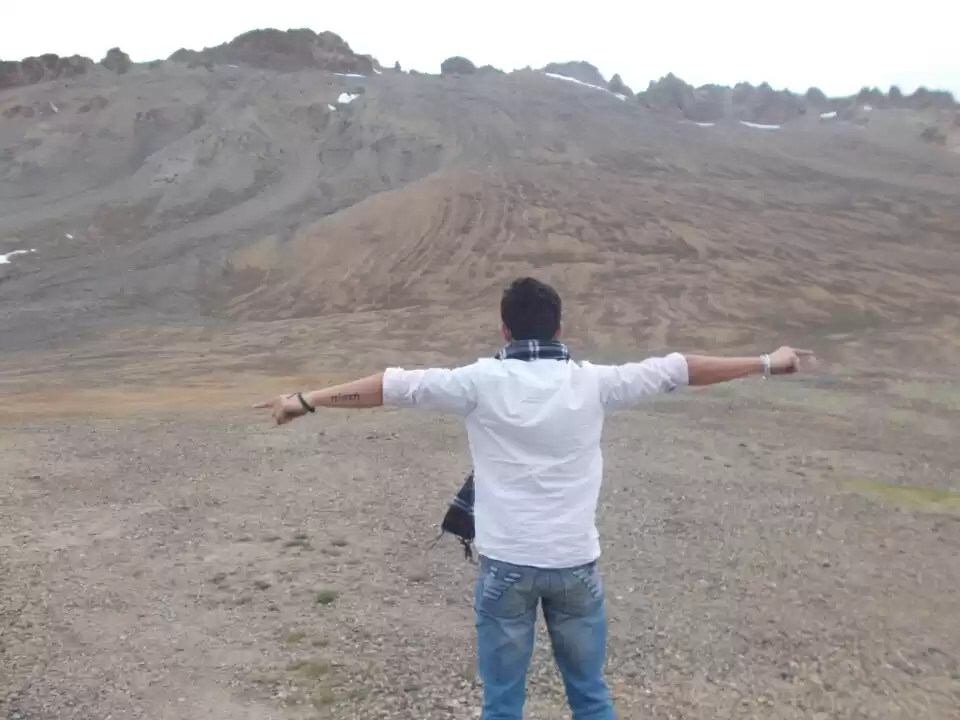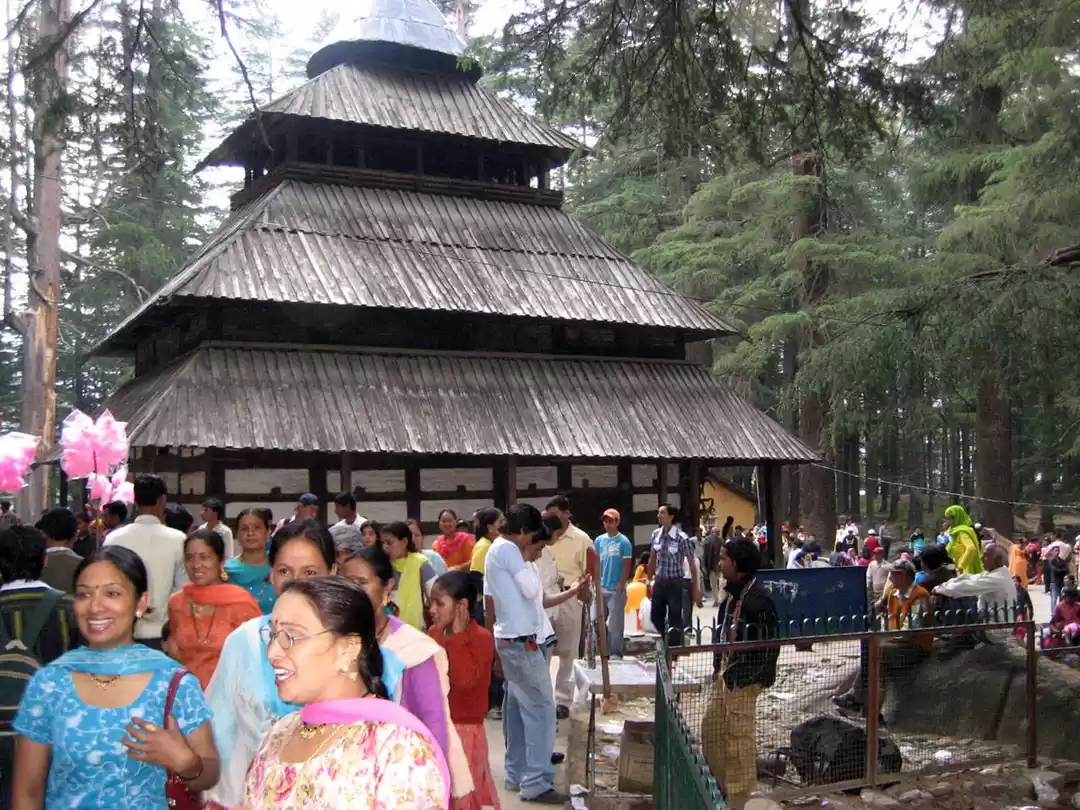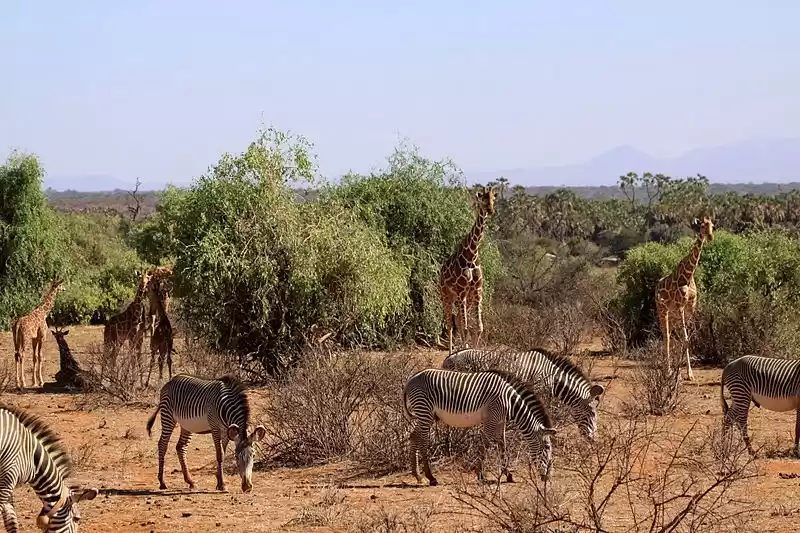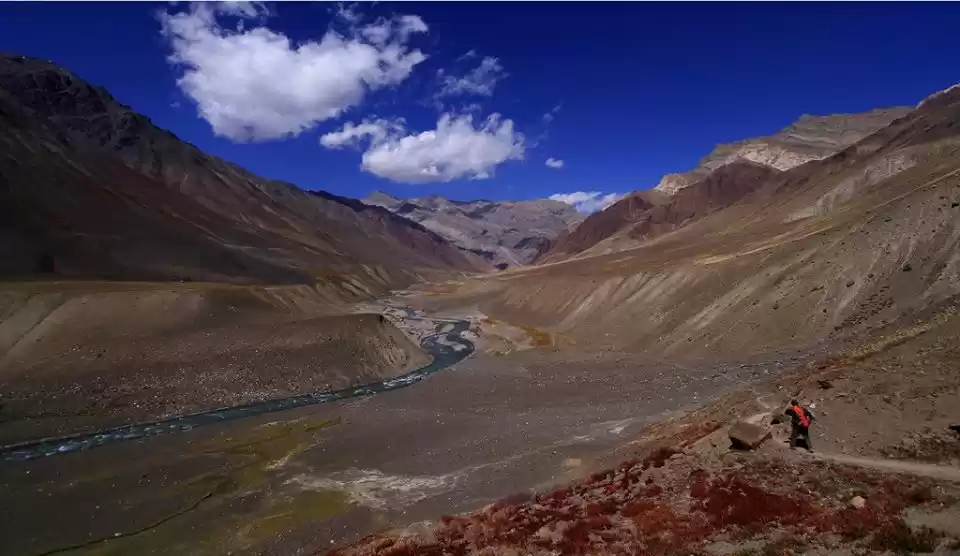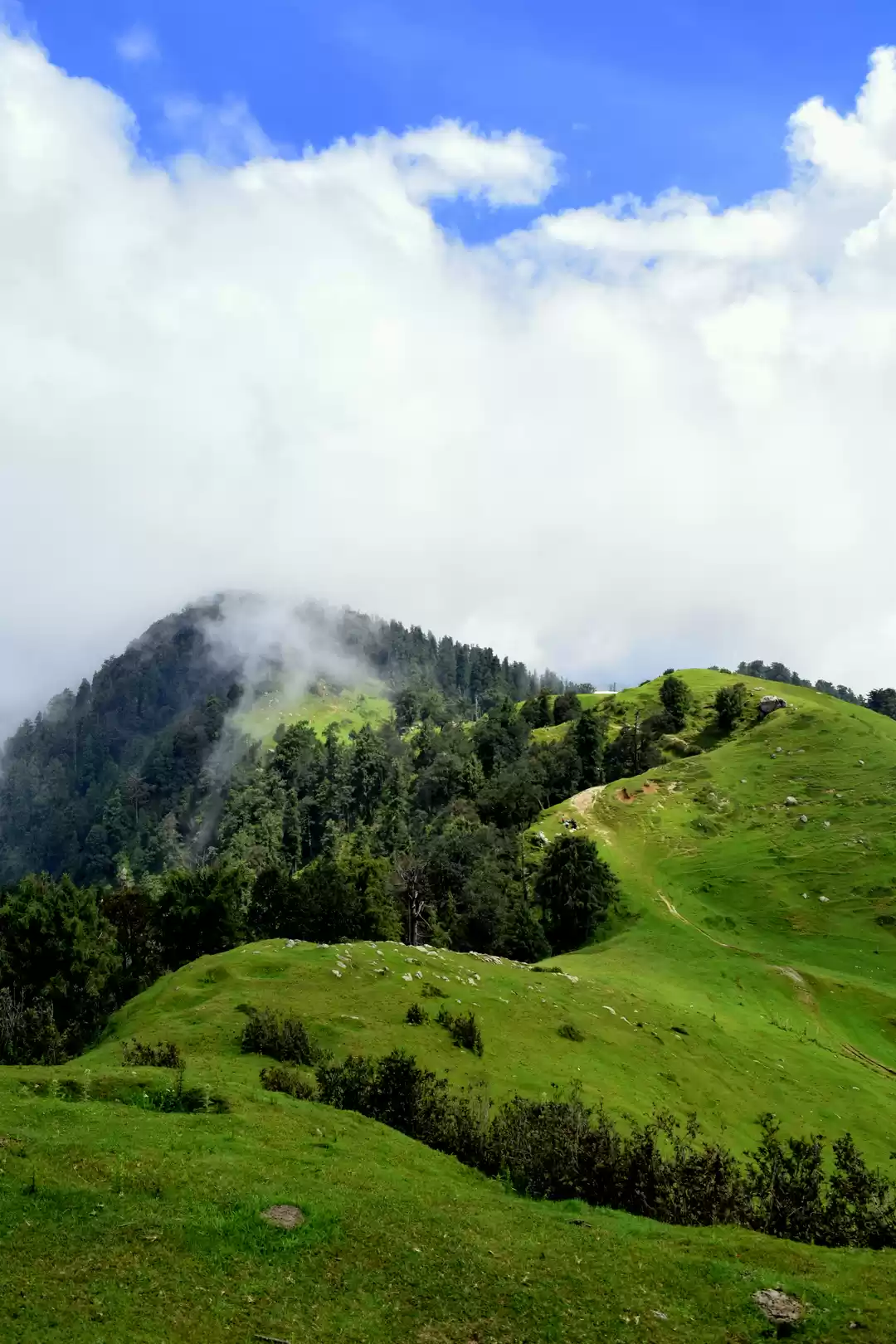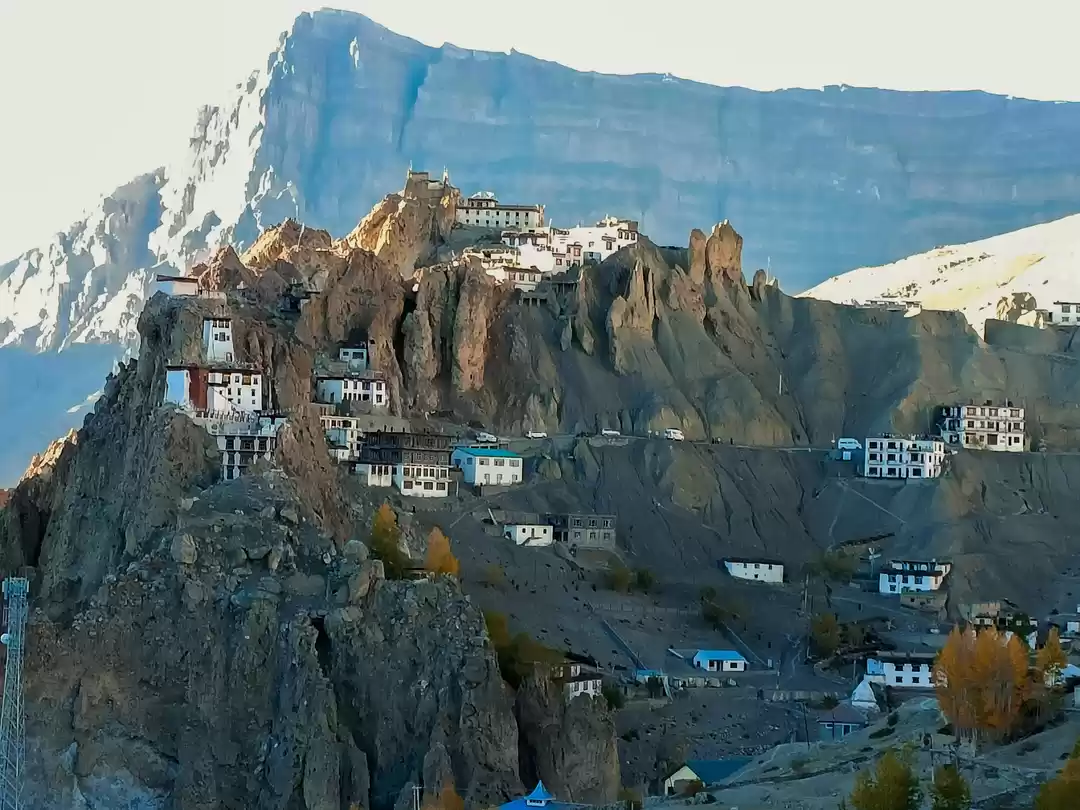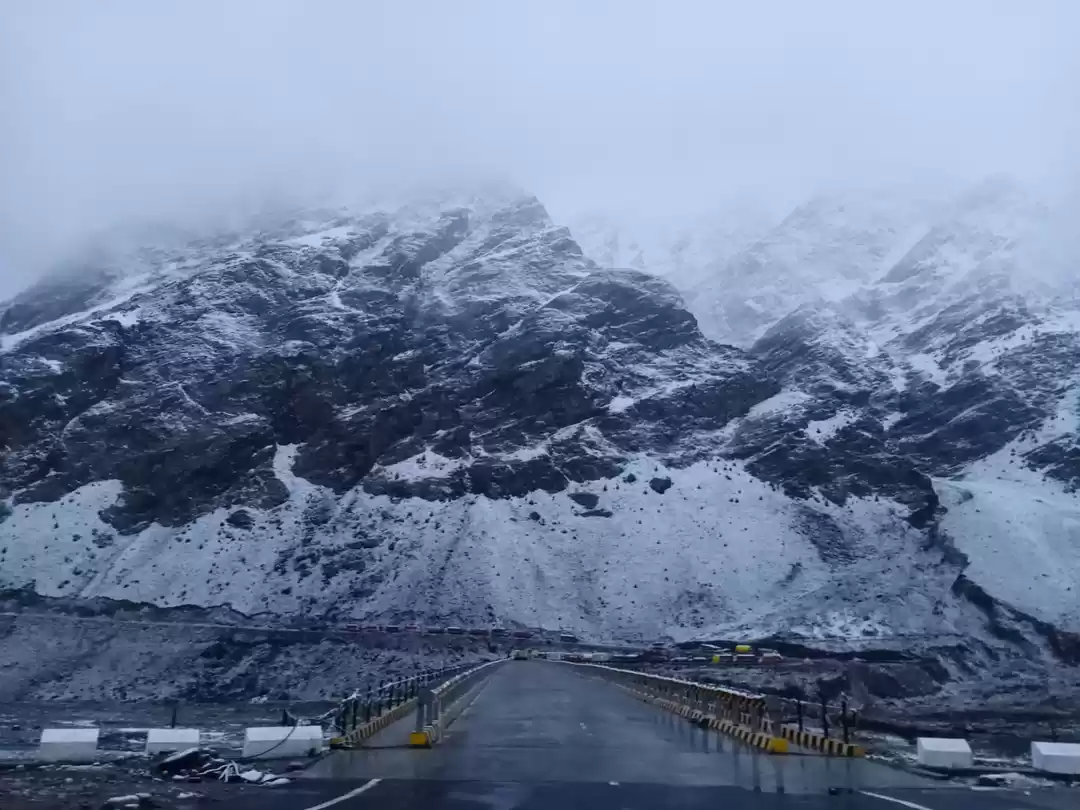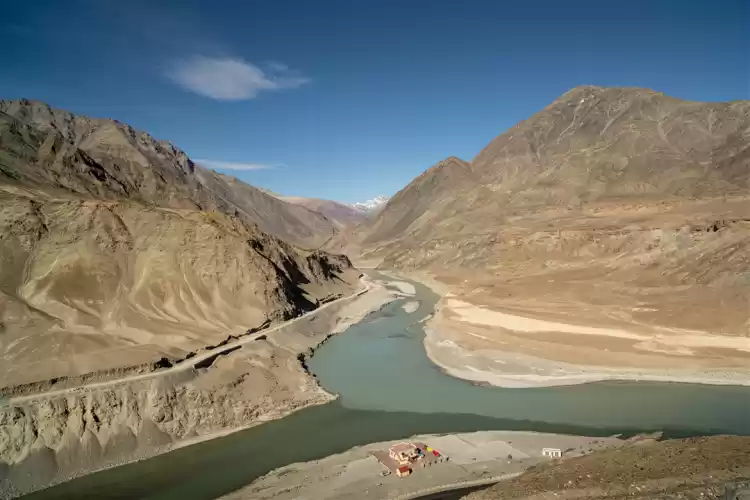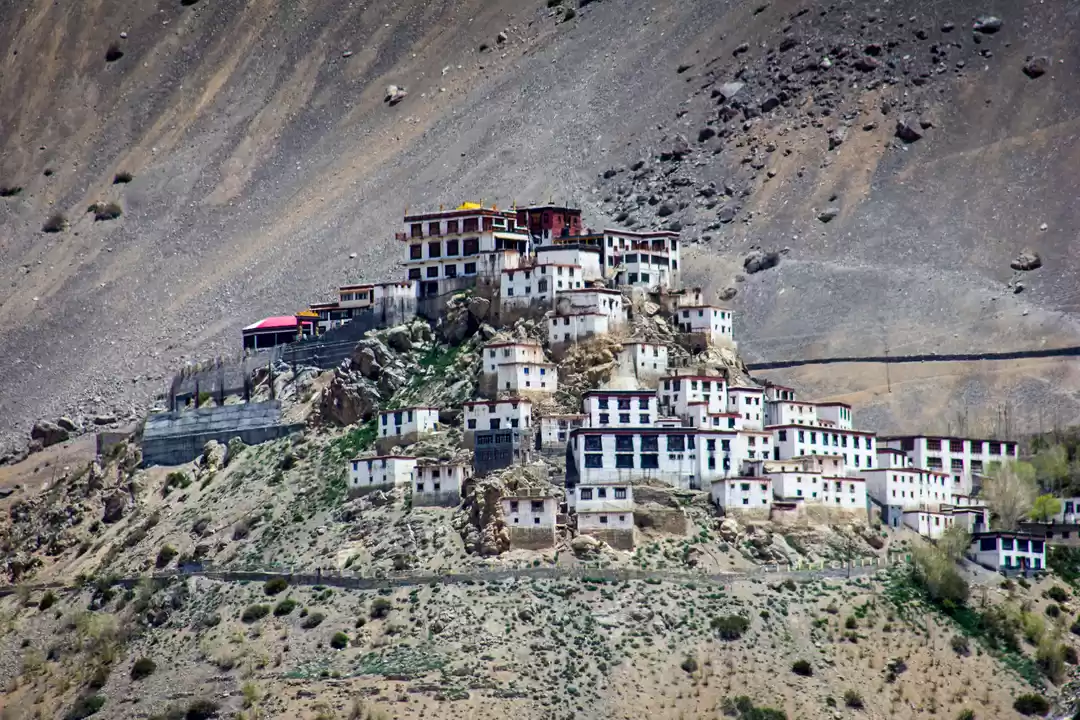Dhankar is a small village in the Spiti Valley of Himachal Pradesh, India. It is famous for its ancient monastery, stunning lake, and breathtaking views of the snow-capped mountains. Dhankar is a perfect destination for travelers who are looking for a peaceful and adventurous escape from the hustle and bustle of the city.
In this article, we will explore the history, culture, geography, and attractions of Dhankar, and provide you with some useful tips and information on how to plan your trip.
History of Dhankar
Dhankar means “fort on a cliff” in the local language. The village was once the capital of the Spiti Kingdom, and the monastery was the seat of power and religion. The monastery was built in the 12th century by the Gelugpa sect of Tibetan Buddhism, and is one of the oldest and most important monasteries in the region.

The monastery houses a collection of rare scriptures, paintings, statues, and relics, some of which are believed to have miraculous powers. The monastery also has a fort that was used to defend the village from invaders. The fort is now in ruins, but offers a panoramic view of the valley.
Culture of Dhankar
Dhankar is home to about 150 people who belong to the Bhoti community. They are mostly farmers and herders who live a simple and traditional life. They follow Tibetan Buddhism and celebrate festivals such as Losar (Tibetan New Year), Saga Dawa (Buddha’s birthday), and Chham (masked dance).
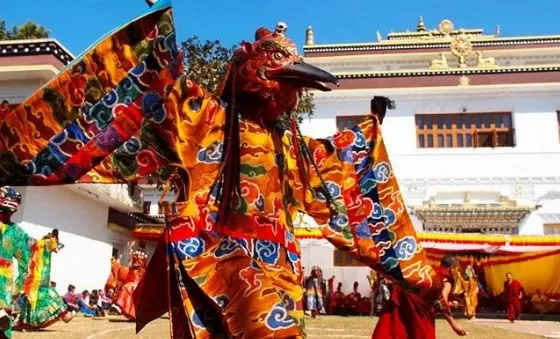
They are hospitable and friendly to visitors, and offer homestays and guest houses for accommodation. They also have a unique cuisine that consists of dishes such as thukpa (noodle soup), momo (dumplings), chhang (barley beer), and butter tea.
Geography of Dhankar
Dhankar is located at an altitude of about 3,900 meters above sea level, on a cliff between the confluence of the Spiti and Pin rivers. It is about 32 kilometers from Kaza, the headquarters of Spiti district, and about 24 kilometers from Tabo, another famous monastery town.
Dhankar is surrounded by barren hills, rocky slopes, and snow-capped peaks. The climate is cold and dry throughout the year, with temperatures ranging from -20°C to 25°C. The best time to visit Dhankar is from May to October, when the roads are accessible and the weather is pleasant.
Best Way to Reach Dhankar
The best way to reach Dhankar depends on your starting point, the time of the year, and your preference. There are two possible routes to reach Dhankar by road: one via Shimla and the other via Manali.
The route via Shimla is open throughout the year and is considered easier and safer. It passes through Narkanda, Rampur, Pooh, Nako, and Tabo before reaching Dhankar. The total distance from Shimla to Dhankar is about 390 kilometers and it can take about 12 to 14 hours to cover it.
The route via Manali is open only from late May to mid-October and is considered more challenging and adventurous. It crosses the high-altitude passes of Rohtang and Kunzum before reaching Kaza. From Kaza, you have to drive for about 34 kilometers to reach Dhankar. The total distance from Manali to Dhankar is about 235 kilometers and it can take about 10 to 12 hours to cover it.
If you are traveling by air, the nearest airport is Kullu-Manali Airport, which is about 285 kilometers from Dhankar. You can take a flight to this airport and then hire a cab or a bus to reach Dhankar.
You can also travel by train to Shimla or Chandigarh and then take a bus or a cab to Dhankar. The distance from Shimla to Dhankar is 390 kilometers and from Chandigarh to Dhankar is 500 kilometers.
Attractions of Dhankar
Dhankar has several attractions that make it a worthwhile destination for travelers. Some of them are:

Dhankar Monastery:
The main attraction of Dhankar is the old monastery that stands on a cliff overlooking the valley. The monastery has a prayer hall that contains a large statue of Buddha, along with other deities and paintings. The monastery also has a museum that displays various artifacts and relics related to Buddhism and Spiti culture. The monastery is open from 6 am to 6 pm, and visitors can enter with a donation of Rs. 50.

Dhankar Lake:
Another attraction of Dhankar is the lake that lies about 2 kilometers above the village. The lake is a sacred site for the locals, who believe that it has healing powers. The lake is also a scenic spot that offers a view of the mountains and the sky. The lake can be reached by a moderate trek of about an hour from the village.

Dhankar Fort:
A third attraction of Dhankar is the fort that was once used to protect the village from enemies. The fort is now in ruins, but still offers a glimpse of the past glory and history of Dhankar. The fort also provides a vantage point for witnessing the sunrise and sunset over the valley.
Other attractions:
Besides these three attractions, Dhankar also has some other places to visit, such as:

New Monastery:
A new monastery that was built in 2007 to replace the old one that is at risk of collapsing due to erosion. The new monastery is located near the village entrance, and has a modern design and architecture.
Lhalung Monastery:
A nearby monastery that is about 14 kilometers from Dhankar. It is one of the oldest monasteries in Spiti Valley, dating back to the 10th century. It has a beautiful golden statue of Buddha and some exquisite murals.

Pin Valley National Park:
A national park that is about 20 kilometers from Dhankar. It is a wildlife sanctuary that hosts endangered species such as snow leopards, ibexes, red foxes, and Himalayan wolves. It is also a popular destination for trekking, camping, and birdwatching.
Also check out: Dhankar Monastery: A mystical place in the lap of Himalayas!!
Tips for Visiting Dhankar
Dhankar is a remote and isolated place that requires some planning and preparation before visiting. Here are some tips that can help you make your trip more enjoyable and comfortable:

Carry warm clothes: Dhankar is a cold place, especially at night and during winters. It is advisable to carry warm clothes, such as jackets, sweaters, gloves, caps, and socks, to protect yourself from the cold.
Carry cash: Dhankar does not have any ATM or bank facilities, so it is better to carry enough cash for your expenses. The nearest ATM is in Kaza, which is about 32 kilometers away.
Carry medicines: Dhankar is a high-altitude place, which can cause altitude sickness or other health issues for some people. It is recommended to carry medicines for headaches, nausea, vomiting, diarrhea, and fever, as well as oxygen cylinders or pills if needed.
Respect the local culture: Dhankar is a place of religious and cultural significance for the locals. It is important to respect their customs and beliefs, and avoid any behavior that may offend them. For example, do not enter the monastery with shoes on, do not take photos without permission, do not touch or disturb the statues or paintings, and do not litter or damage the environment.
Hire a guide: Dhankar is a place that has a lot of history and stories behind it. It can be more enriching and informative to hire a local guide who can explain the details and nuances of the place. A guide can also help you with the logistics and arrangements of your trip, such as booking accommodation, transportation, permits, etc.
Also check out: Dhankar Lake Trek – a magnificent offbeat journey
Dhankar is a hidden gem in the Himalayas that offers a unique and unforgettable experience for travelers. It is a place that combines history, culture, nature, and adventure in a captivating way. Dhankar is a place that will make you fall in love with Spiti Valley and its people.
If you are looking for a destination that will challenge you, inspire you, and transform you, then Dhankar is the place for you.

